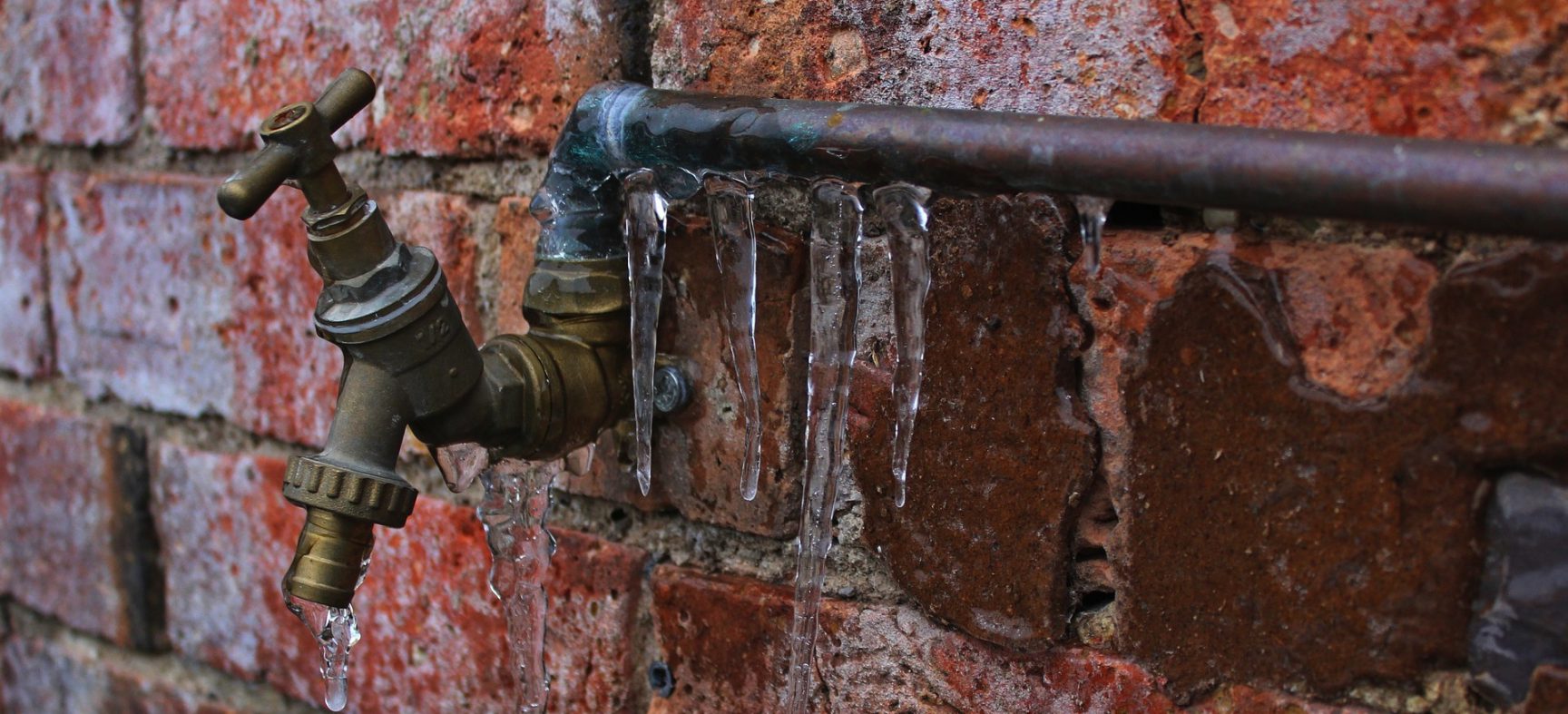Winter weather puts a lot of strain on the water pipes in your home. Frigid temperatures can cause the water to freeze, putting a huge amount of pressure on the pipes containing it—and potentially even causing them to burst.
To protect your pipes and keep your home from suffering damage in the winter, it’s important to take some basic precautions.
Which pipes are at most risk?
When assessing which water pipes need extra attention, keep an eye out for the following:
–Any pipes that are exposed to severe cold;
–Pipes running against exterior walls with little or no insulation;
–Water pipes located in unheated indoor areas like kitchen cabinets, attics, and garages.
Luckily, there are four easy ways you can cut down on the risk of your water pipes freezing.
How to prevent frozen pipes
1. Add insulation to any water supply pipes that are liable to get very cold. You can install ready-made products like pipe “sleeves” or heat tape, but even a ¼-inch layer of newspaper will help in a pinch! Keep in mind that both hot and cold water pipes should be insulated.
2. Keep your bathroom and kitchen cabinet doors open to allow the warm household air to reach the water pipes under the sink. Make sure all harmful chemicals are out of the reach of children and pets.
3. Let the cold water drip slowly from any faucet connected to exposed pipes, at least during the coldest temperatures. Running water will discourage freezing – but keep in mind this is a temporary solution only meant for when the weather is freezing!
4. Set your thermostat to a comfortable room temperature and keep it there both during the day and at night. If you’ll be traveling away from home during cold weather, leave the heat on at no lower than 55 degrees Fahrenheit (but higher is better).
And if you’re planning on using a space heater to keep warm and cozy at home on cold days, check out our previous blog post on how to get the most out of your space heater!







